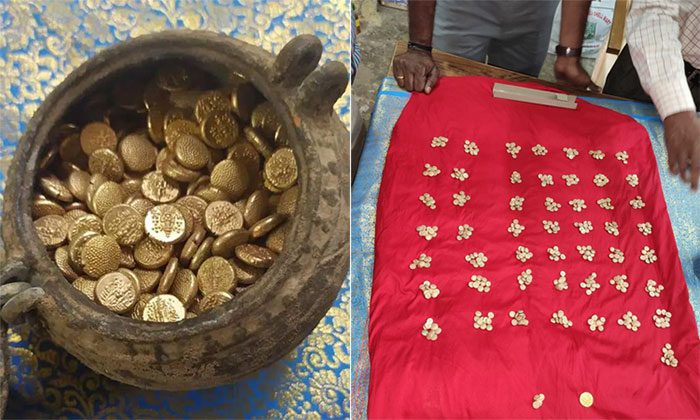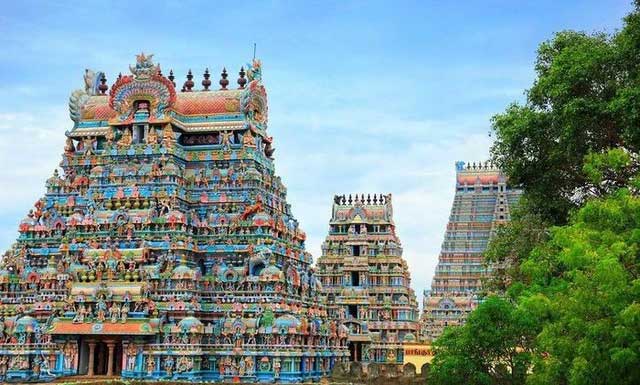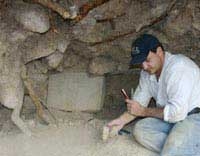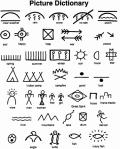Surprisingly, inside the jar were 505 spherical objects made of gold.
Workers discovered a sealed metal jar buried about 2.4 meters deep while clearing a vacant lot for gardening at the Jambukeswarar Temple in Tamil Nadu, as reported by Ancient Origins on March 5. They notified the temple managers, police, and local authorities.

The ancient jar containing hundreds of gold coins excavated from the ground. (Photo: Ancient Origins).
Upon opening the jar, authorities found a total of 505 gold coins weighing 1,716 grams, most of which were small coins, except for one large coin. Recognizing their antiquity, the police contacted archaeologists. Initial studies showed that the coins were inscribed with Arabic and could date back to between 1000 and 1200 AD.
The history of the temple may provide some clues about the origins of the gold jar. According to experts, the Jambukeswarar Temple was built approximately 1,800 years ago during the Chola dynasty. The Chola dynasty was known for its trade prowess and extensive relationships with merchants, not only in Southeast Asia but also in the Indian Ocean region.
It is highly likely that the 505 gold coins originated from Arab merchants who visited the area. Subsequently, the royal family or wealthy merchants may have donated them to the Jambukeswarar Temple. The temple is believed to have received numerous contributions, including silver statues, gold decorations, and real estate.
The Jambukeswarar Temple is quite famous. It is dedicated to Lord Shiva, one of the principal deities in Hindu worship.

The Jambukeswarar Temple in Tamil Nadu, India. (Photo: ANI).
The temple is located on Srirangam Island, also known as the “Island of Temples in India” due to its concentration of religious sites, attracting large numbers of pilgrims, including the equally sacred Ranganatha Swamy Temple.
Historical records indicate that the Jambukeswarar Temple has received numerous contributions of valuable gold and silver items. This temple has been targeted by many thieves and has faced invasions due to its possession of valuable artifacts.
In the 14th century, General Ulugh Khan raided the temple. It is possible that ancient people buried the jar of gold coins to protect it from attackers. Later, they may have forgotten its location or died without retrieving it.
The ancient jar and the gold coins are currently being preserved for further study. Experts will investigate their exact historical period and cultural significance. It is unclear whether they will be displayed or returned to the temple.
- USA: 8 jars of gold coins found while walking a dog
- Israel: 6 kg of ancient gold coins found underwater
- Why can the gannet dive straight into the water at 86 km/h without breaking its neck?
- Indian researchers find fossils that could belong to the largest snake on the planet
- A boy found a black lump of coal; experts took 10 years to conclude: This is the only treasure in the world




















































